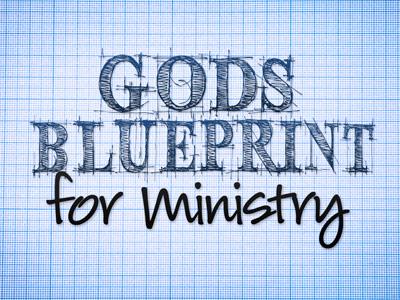-
Dust
Contributed by Tim Hedberg on Nov 28, 2017 (message contributor)
Summary: The Torah and its teachings.
Dust
July 23, 2006
Matthew 4:18-22
Last Sunday, one of our guests/visitors to the service asked if we had a pamphlet about what we believed as a Church. I said we did and handed it to her.
In the pamphlet, which is in the entryway for all who are interested, are listed 5 of the core beliefs of our church and the denomination to which it belongs.
3 of these core beliefs mention specifically Jesus Christ.
At the center of our church, at the center of our faith is this man who lived on this earth 2000 years ago.
To people who have spent time in the church this isn’t a surprise.
It is a given.
a for sure.
a taken for granted reality.
Of course Jesus is at the center of the Church. But when you take a step back, it is quite astounding that a group of people still exist that seek to learn from a man who lived 2000 years ago.
I mean think about it. This - -
Jesus never wrote a book, in fact the only thing we know that we wrote -
He wrote in the dirt.
He didn’t have a home since he left home. He said, "he had no place to lay his
head."
He didn’t become overly popular - only a couple hundred people met him
personally and less than 10 times that ever heard or saw him.
He didn’t travel outside a certain region.
He didn’t lead an army.
He didn’t govern a nation.
And yet 2000 years later, people gather around the world literally, in order to learn about him, be loved by him, to serve him and to submit their lives to him.
The man Jesus grew up in Israel. In a region, a very religious region called Galilee. People from Galilee believed that God had spoken specifically to their ancestors when they needed it most, as they traveled in the wilderness, after being released from slavery in Egypt. They believed that God spoke to their leader Moses at Mount Sinai.
The words God spoke to Moses were recorded by him in the 1st 5 books of the Bible. Genesis, Exodus, Leviticus, Numbers and Deuteronomy. Books that later became known as the Torah, meaning teachings, or instructions, or the way.
These teachings, the Torah, were the central passion of God’s people.
People desired to be taught the Torah.
to live according to it.
to obey it in all aspects of their lives.
Because this appetite to live according to Torah was so prevalent, the Teachers or Rabbis began to ask "How young can we begin teaching Torah to children?" and one of them said, "Under the age of six we do not receive a child as a pupil from six upwards accept him and stuff him (with Torah) like an ox."
In order to stuff children like an ox with Torah, an educational system of sorts was developed. (see bulletin)
The 1st level of education was called Bet Sefer, which means "House of the Book." Little Jewish boys around the age of 6 would go to their local synague and be taught by their local rabbi. The Rabbi would spend significant time with the children helping them to memorize the Torah, the 1st five books of the Old Testament.
Genesis
Exodus
Leviticus
Numbers
Deuteronomy
Sometimes the rabbi would take honey and place it on the students’ fingers and then have them taste the honey, reminding them that God’s words taste like honey on the tongue. The rabbi wanted the students to associate the words of God with the most delicious, exquisite thing they could possibly imagine.
So crucial were the words of God.
So central to the people living in Galilee was the Torah.
And because so few copies of the Torah existed (the Gideons hadn’t placed Bibles in every hotel in Galilee yet) parents wanted their children to memorize the Torah.
The Jewish culture of the day centered around the Torah and the Rabbis teachings about it.
By age ten, students had begun to sort themselves out. Some students excelled at Torah. These went onto the next level of education which was called Bet Talmud meaning "House of learning."
Students who hadn’t done well at the 1st level wouldn’t continue on, but instead began to learn the family trade. In order that in time they would carry on their parent’s sandal making, farming or leather business. They weren’t cut out to be rabbis.
Meanwhile, their better classmates would learn the rest of the Old Testament. All 39 books. Genesis through Malachi. Learned. Memorized.
Additionally, they would begin to study the oral traditions around the text. The words of explanation that different rabbis had given over time.
You’ll remember in the life of Jesus, as a child his parents found in the temple area when he was 12, no doubt in this level of his education. Luke 2:46, 47 says, "they found him in the temple courts, sitting among the teachers, listening to them and asking them questions. Everyone who heard him was amazed at his understanding and his answers." Jesus, the child was a learner. He took part in his educational system.

 Sermon Central
Sermon Central



